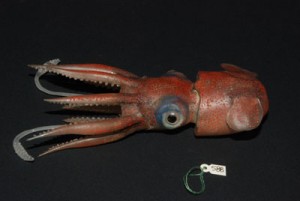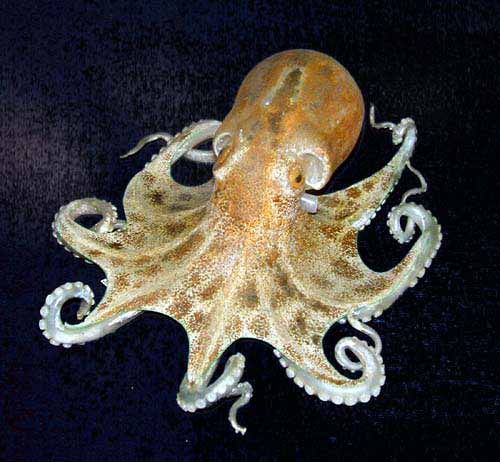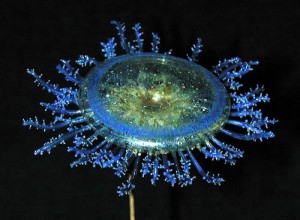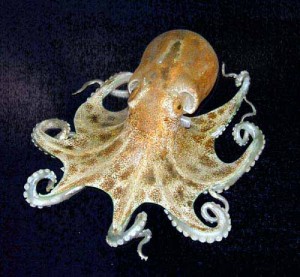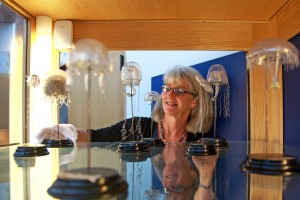The Becker/Rose Cafe on Dr. Drew Harvell’s “Fragile Legacy” showed the blending of art and science through Cornell’s Blaschka invertebrate models. The cafe was remarkable because it beautifully illustrated how the intricate anatomical features of sea creatures were captured in glass sculptures. The talk was about both the masterful glasswork that had been kept underground for so long at Cornell as well as the importance of the maintenance of the marine ecosystem.
The models created by Blaschka gave an incredibly detailed glass manifestation of the inner workings of various marine animals. Not only were the sculptures fantastic works of art, but they were accurate from an anatomical point of view too. The figures were so realistic that they were used to aid in the study of these sea critters. Because the models were created so long ago, they serve as a picture of sea life from the 1800s. To determine what changes the underwater world has gone through since that time, biologists have decided to compare the structures of current animals to Blaschka’s models. The idea to use the glass models as a time capsule in order to view how marine life has changed is a tribute to Blaschka’s design skills. The fact that biologists can see structural differences shows the detail that was put into the models and underscores the importance of utilizing these models for research. Hopefully this research can lead to a better understanding of how and why marine ecosystems are being affected, so we can help maintain a hospitable sea.

